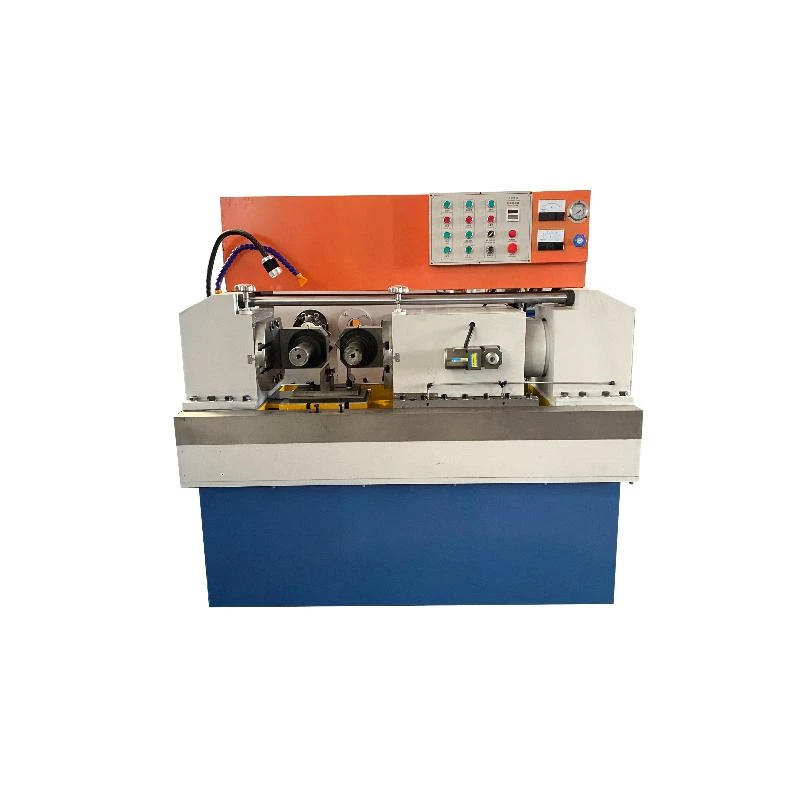
-
 Afrikaans
Afrikaans -
 Albanian
Albanian -
 Amharic
Amharic -
 Arabic
Arabic -
 Armenian
Armenian -
 Azerbaijani
Azerbaijani -
 Basque
Basque -
 Belarusian
Belarusian -
 Bengali
Bengali -
 Bosnian
Bosnian -
 Bulgarian
Bulgarian -
 Catalan
Catalan -
 Cebuano
Cebuano -
 Corsican
Corsican -
 Croatian
Croatian -
 Czech
Czech -
 Danish
Danish -
 Dutch
Dutch -
 English
English -
 Esperanto
Esperanto -
 Estonian
Estonian -
 Finnish
Finnish -
 French
French -
 Frisian
Frisian -
 Galician
Galician -
 Georgian
Georgian -
 German
German -
 Greek
Greek -
 Gujarati
Gujarati -
 Haitian Creole
Haitian Creole -
 hausa
hausa -
 hawaiian
hawaiian -
 Hebrew
Hebrew -
 Hindi
Hindi -
 Miao
Miao -
 Hungarian
Hungarian -
 Icelandic
Icelandic -
 igbo
igbo -
 Indonesian
Indonesian -
 irish
irish -
 Italian
Italian -
 Japanese
Japanese -
 Javanese
Javanese -
 Kannada
Kannada -
 kazakh
kazakh -
 Khmer
Khmer -
 Rwandese
Rwandese -
 Korean
Korean -
 Kurdish
Kurdish -
 Kyrgyz
Kyrgyz -
 Lao
Lao -
 Latin
Latin -
 Latvian
Latvian -
 Lithuanian
Lithuanian -
 Luxembourgish
Luxembourgish -
 Macedonian
Macedonian -
 Malgashi
Malgashi -
 Malay
Malay -
 Malayalam
Malayalam -
 Maltese
Maltese -
 Maori
Maori -
 Marathi
Marathi -
 Mongolian
Mongolian -
 Myanmar
Myanmar -
 Nepali
Nepali -
 Norwegian
Norwegian -
 Norwegian
Norwegian -
 Occitan
Occitan -
 Pashto
Pashto -
 Persian
Persian -
 Polish
Polish -
 Portuguese
Portuguese -
 Punjabi
Punjabi -
 Romanian
Romanian -
 Russian
Russian -
 Samoan
Samoan -
 Scottish Gaelic
Scottish Gaelic -
 Serbian
Serbian -
 Sesotho
Sesotho -
 Shona
Shona -
 Sindhi
Sindhi -
 Sinhala
Sinhala -
 Slovak
Slovak -
 Slovenian
Slovenian -
 Somali
Somali -
 Spanish
Spanish -
 Sundanese
Sundanese -
 Swahili
Swahili -
 Swedish
Swedish -
 Tagalog
Tagalog -
 Tajik
Tajik -
 Tamil
Tamil -
 Tatar
Tatar -
 Telugu
Telugu -
 Thai
Thai -
 Turkish
Turkish -
 Turkmen
Turkmen -
 Ukrainian
Ukrainian -
 Urdu
Urdu -
 Uighur
Uighur -
 Uzbek
Uzbek -
 Vietnamese
Vietnamese -
 Welsh
Welsh -
 Bantu
Bantu -
 Yiddish
Yiddish -
 Yoruba
Yoruba -
 Zulu
Zulu
oem thread rolling machine working
Understanding OEM Thread Rolling Machines Functionality and Applications
In the realm of manufacturing and precision engineering, the process of creating threaded fasteners is critical. Among the various methods employed to produce threads, thread rolling has emerged as one of the most efficient and effective techniques. This article explores the functionality of OEM (Original Equipment Manufacturer) thread rolling machines, their working principles, and their applications in various industries.
What is Thread Rolling?
Thread rolling is a cold forming process used to create threads on cylindrical workpieces. Unlike traditional cutting methods that remove material to form threads, thread rolling reshapes the material through the application of pressure, resulting in threads that are stronger and more precise. This process is often used for manufacturing bolts, screws, and other fasteners. The technique not only minimizes waste but also enhances the mechanical properties of the threads, making them ideal for high-stress applications.
The Working Principle of OEM Thread Rolling Machines
OEM thread rolling machines are designed to automate the thread rolling process, increasing efficiency and consistency. Here’s a breakdown of how these machines work
1. Feeding System The process begins with the feeding system, where raw materials, typically in the form of rods or blanks, are fed into the machine. This can be done manually or automatically, depending on the machine's design.
2. Die Selection Once the material is in place, the appropriate rolling dies are selected. These dies are crucial as they determine the thread profile, pitch, and diameter. OEM machines often come equipped with interchangeable dies to accommodate various thread specifications.
3. Thread Rolling Process After die selection, the rolling process commences. The workpiece is positioned between two rotating dies that exert significant pressure on the material. As the dies rotate, they deform the surface of the workpiece, creating the desired thread shape. This process is highly efficient; it can produce multiple threads in a matter of seconds, greatly reducing production times.
4. Cooling System To prevent overheating and ensure material integrity, OEM thread rolling machines include a cooling system. This system circulates coolant around the workpiece and dies, maintaining optimal temperatures during the rolling process.
oem thread rolling machine working

5. Quality Inspection Once the threads are formed, the workpieces are subjected to quality inspection. This may involve measuring thread dimensions and surface finish and checking for defects. Many OEM machines integrate advanced sensors and automated inspection systems to ensure that only high-quality components move to the next production stage.
6. Finishing Processes Depending on the application's requirements, additional finishing processes may follow. These could include heat treatment, plating, or additional machining to achieve specific properties or finishes.
Advantages of OEM Thread Rolling Machines
The use of OEM thread rolling machines offers several advantages
- Increased Production Speed The automated nature of these machines allows for rapid production, significantly reducing lead times. - Enhanced Strength Threads produced through rolling have superior mechanical properties due to the work hardening effect, making them suitable for demanding applications. - Cost-Effective By minimizing material waste and increasing production efficiency, OEM machines can lead to lower overall manufacturing costs. - Precision and Consistency The use of high-quality dies and automated processes ensures that each thread is produced to exact specifications, reducing the likelihood of defects.
Applications Across Industries
OEM thread rolling machines are versatile and find applications in numerous industries
- Automotive Used for manufacturing bolts, screws, and other fasteners for vehicles, where strength and reliability are paramount. - Aerospace Critical for producing fasteners that must withstand extreme conditions. - Construction Essential for creating robust structural components that support various constructions. - Electronics Employed in the production of small screws and fasteners used in electronic devices.
Conclusion
OEM thread rolling machines represent a significant advancement in the technology of fastener manufacturing. Their ability to produce high-quality, strong, and consistent threaded components quickly makes them invaluable in various industries. As manufacturing continues to evolve, these machines will play an increasingly critical role in meeting the demands of modern engineering and production processes.
